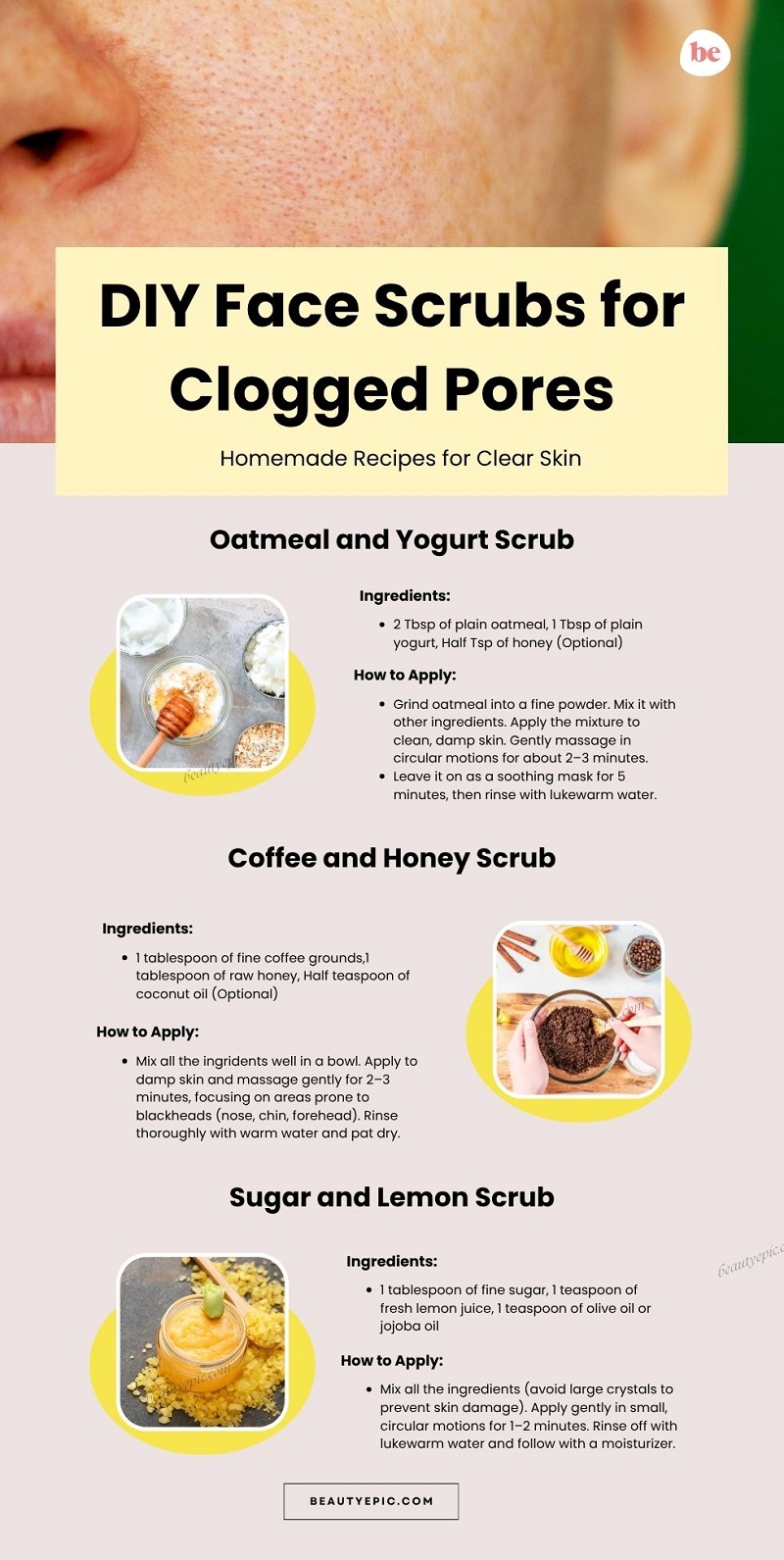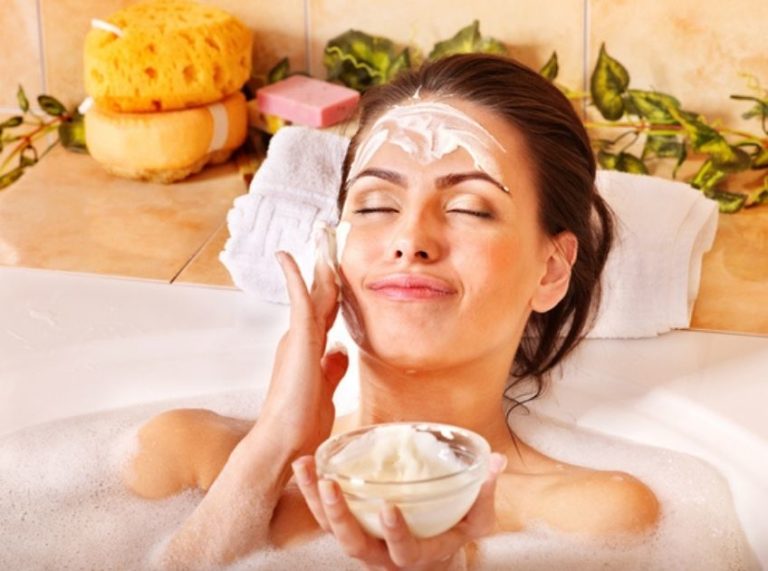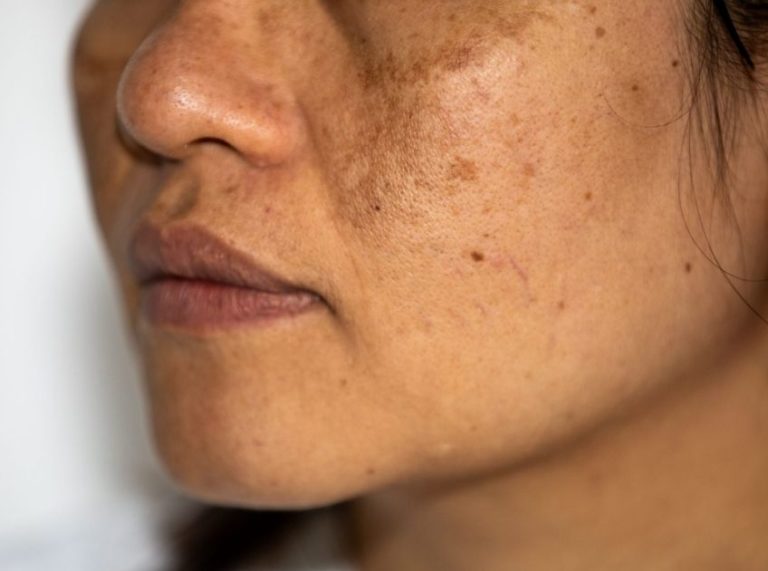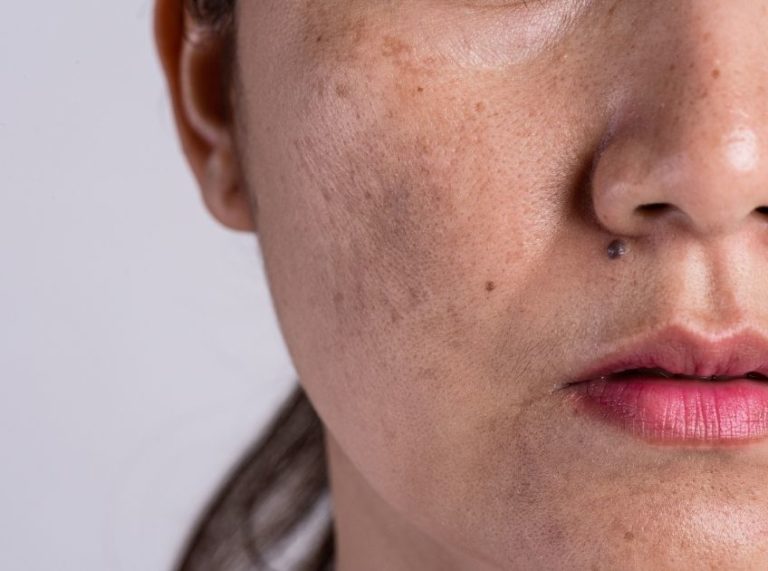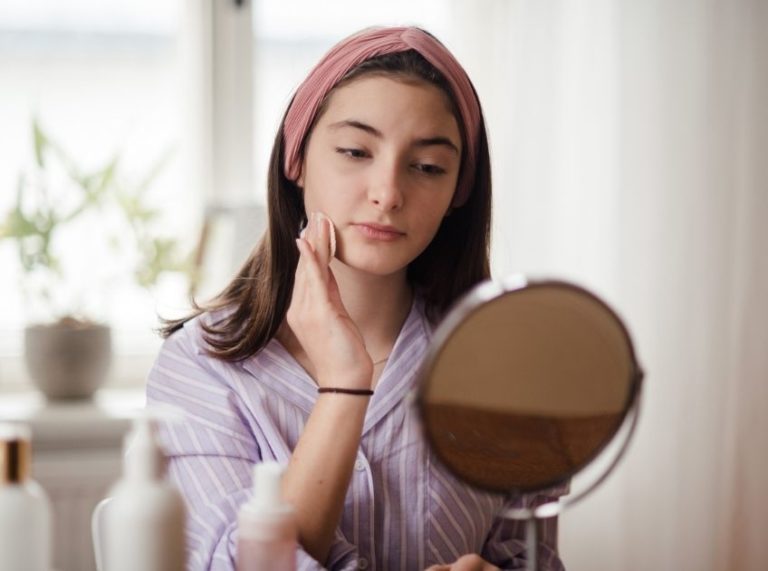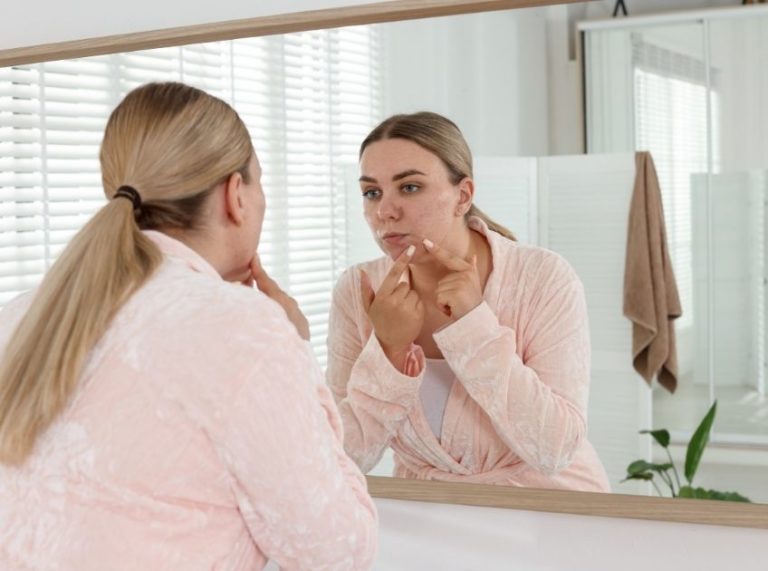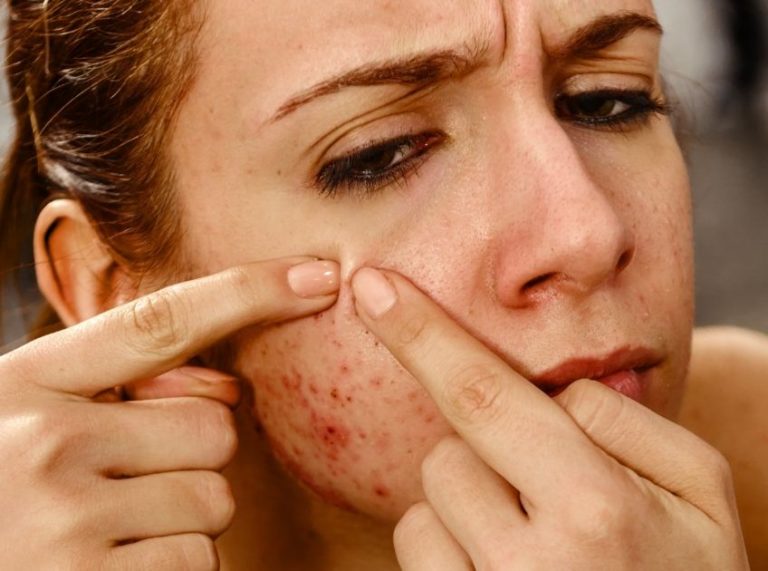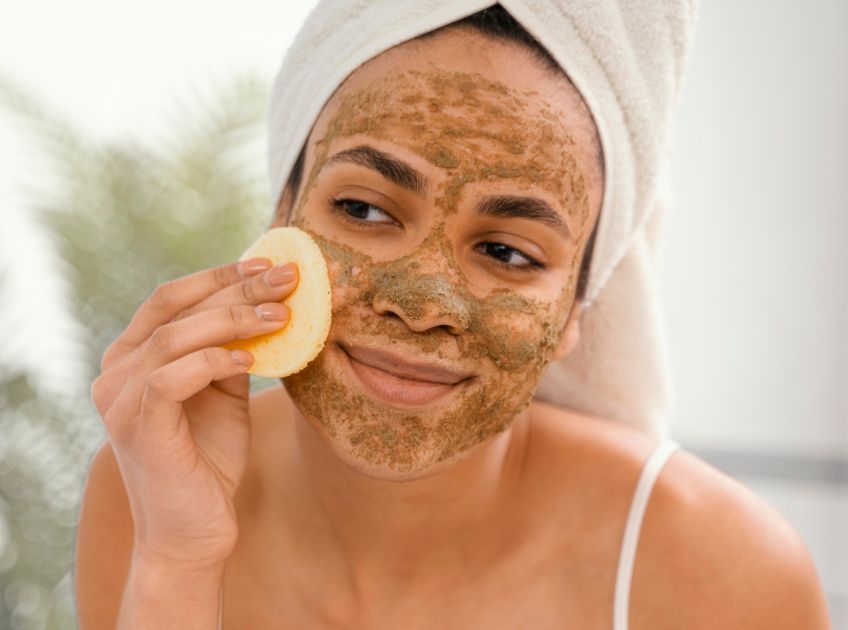
Important: This article is for informational purposes only. Please read our full disclaimer for more details.
Clogged pores are one of the most common skin concerns, often leading to blackheads, whiteheads, and breakouts. When excess oil, dead skin cells, and dirt accumulate, pores can become congested, making skin appear dull and uneven. While professional treatments are effective, simple homemade scrubs can be a gentle and affordable way to support clearer skin. Using natural ingredients not only exfoliates but also provides vitamins and antioxidants that promote a healthier complexion.
3 DIY Face Scrubs for Cleaner, Smoother Skin
1. Oatmeal and Yogurt Scrub
Why it works
Oatmeal is rich in saponins, compounds known for their natural cleansing properties. It gently lifts away dirt and excess oil without stripping the skin. Yogurt contains lactic acid, a mild alpha-hydroxy acid (AHA) that dissolves dead skin cells and helps keep pores clear. Together, they exfoliate, calm redness, and hydrate.
How to make it
- Grind 2 tablespoons of plain oatmeal into a fine powder.
- Mix it with 1 tablespoon of plain yogurt (unsweetened and unflavored).
- Optional: Add ½ teaspoon of honey for extra hydration.
- Apply the mixture to clean, damp skin.
- Gently massage in circular motions for about 2–3 minutes.
- Leave it on as a soothing mask for 5 minutes, then rinse with lukewarm water.
Extra tip: Store-bought colloidal oatmeal works perfectly if you don’t want to grind oats at home.
Best for: Sensitive, dry, or irritated skin that needs soothing exfoliation.
2. Coffee and Honey Scrub
Why it works
Coffee grounds are high in antioxidants and provide physical exfoliation that buffs away dead cells. The caffeine in coffee also promotes circulation, which can give skin a temporary, firmer, glowing look. Honey is antibacterial and humectant (moisture-binding), helping to fight acne while keeping skin soft.
How to make it
- Use 1 tablespoon of fine coffee grounds (avoid large, sharp grains).
- Mix with 1 tablespoon of raw honey.
- Optional: Add ½ teaspoon of coconut oil for added nourishment.
- Apply to damp skin and massage gently for 2–3 minutes, focusing on areas prone to blackheads (nose, chin, forehead).
- Rinse thoroughly with warm water and pat dry.
Extra tip: If you have leftover brewed coffee grounds, let them dry before use to avoid excess wateriness.
Best for: Normal to oily skin, dull skin, and those looking for a quick radiance boost.
3. Sugar and Lemon Scrub
Why it works
Sugar acts as a natural physical exfoliant, while lemon juice delivers citric acid, which brightens skin and helps reduce oil. Olive oil (or any carrier oil) balances the scrub by preventing dryness and soothing skin.
How to make it
- Mix 1 tablespoon of fine sugar (avoid large crystals to prevent skin damage).
- Add 1 teaspoon of fresh lemon juice.
- Stir in 1 teaspoon of olive oil or jojoba oil for balance.
- Apply gently in small, circular motions for 1–2 minutes.
- Rinse off with lukewarm water and follow with a moisturizer.
Extra tip: Always patch-test lemon juice before use, as it can cause sensitivity. Use only at night and apply sunscreen the next morning.
Best for: Oily, acne-prone, or congested skin — but not recommended for very sensitive skin.
The Science Behind Natural Exfoliants
Dermatological research supports the use of natural ingredients like lactic acid (found in yogurt) and citric acid (in lemon) for improving skin texture and managing clogged pores (1)(2).
According to a study published in the Journal of Clinical and Aesthetic Dermatology, mild exfoliants help reduce pore blockages and promote smoother skin when used regularly (3).
Exfoliation encourages cell turnover, prevents buildup in pores, and allows skincare products like moisturizers and serums to penetrate more effectively. However, over-exfoliation—especially with coarse scrubs—can damage the skin barrier, so moderation is key.
Frequently Asked Questions (FAQ’S)
1. How often should I use a homemade scrub for clogged pores?
A. Two to three times per week is generally safe, depending on your skin type. Sensitive skin may benefit from once-weekly exfoliation to avoid irritation.
2. Can these scrubs replace professional treatments?
A. Homemade scrubs are great for maintenance and prevention, but persistent or severe clogged pores may require professional treatments like chemical peels, microdermabrasion, or dermatologist-prescribed skincare.
3. Are there risks to using lemon or sugar on the skin?
A. Yes, lemon juice can cause photosensitivity, making skin more prone to sunburn. Always rinse thoroughly and apply sunscreen afterward. Sugar scrubs should be used gently to avoid micro-tears in the skin.
Homemade scrubs made with everyday ingredients like oatmeal, coffee, and sugar can provide effective, affordable solutions for clogged pores. When used correctly, they help remove dead skin cells, control excess oil, and leave skin feeling refreshed. Pairing these scrubs with consistent skincare—cleansing, moisturizing, and sun protection—creates the foundation for healthier, clearer skin.
The key is balance: exfoliate regularly but gently, listen to your skin’s needs, and don’t hesitate to consult a dermatologist if clogged pores persist.
